Games I'd Buy Just For the Box Art
Good box art is something that's really unappreciated, even in this age of people debating about the artistic value of video games. At their best, they not only tell you at a glance what a game is about, but what makes it special and why it should matter to you, justifying why you should pay attention to it instead of all the other games on that store shelf. Good box art doesn't always lead to you actually finding a good game inside the box, but at the very least, they hint at the potential that's inside it. This list is here to celebrate those boxes.
It should be noted that due to regional discrepancies in box art for a lot of video games, more often than not I'll specify which version I'm referring to and why it's so rad. Otherwise it'd be giving some games' box art way more credit than they deserve.
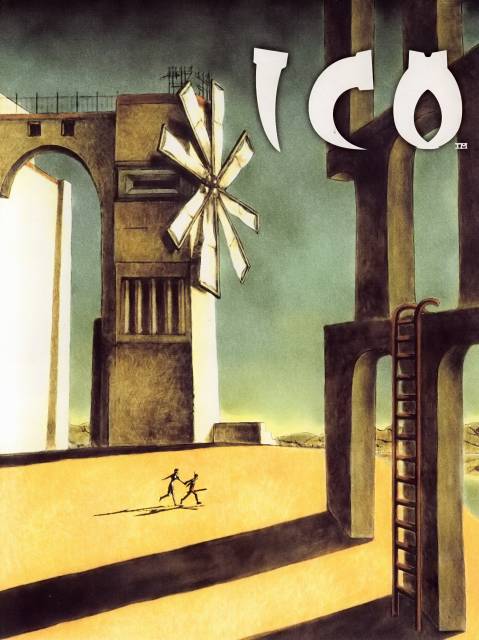
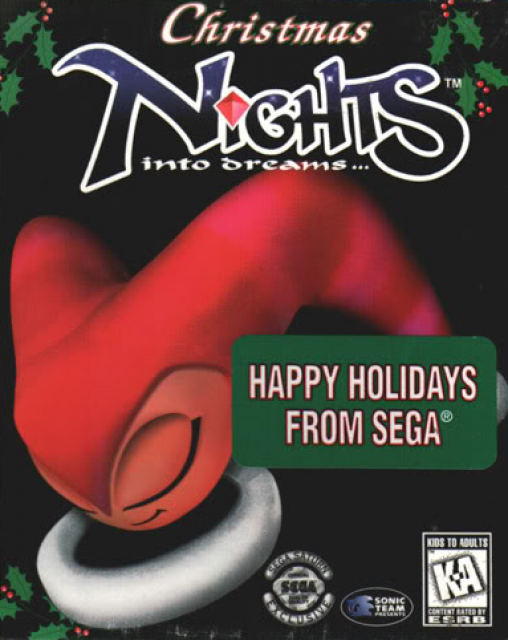
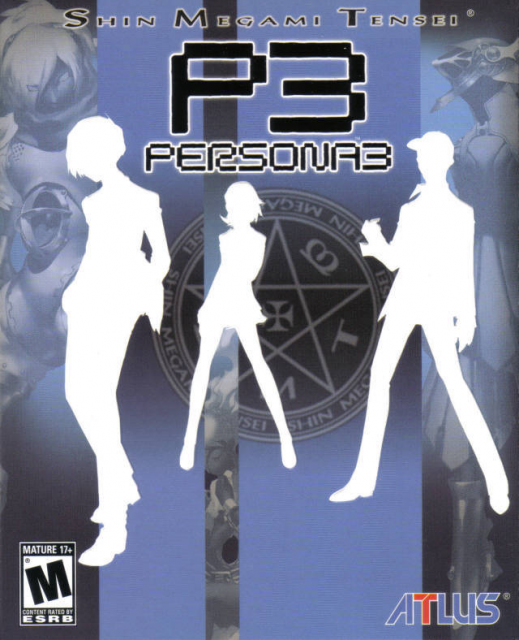
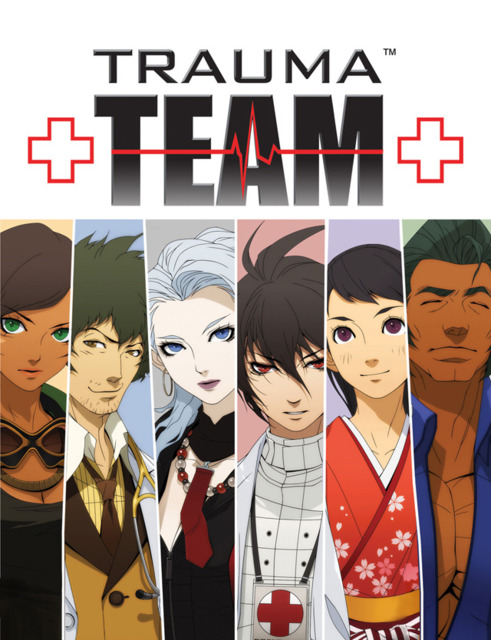
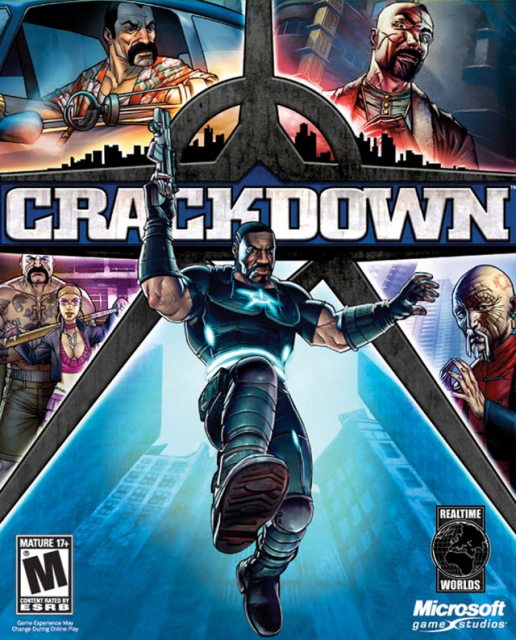
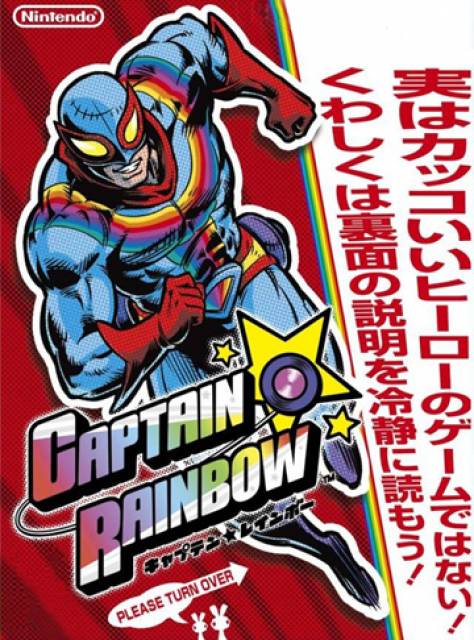
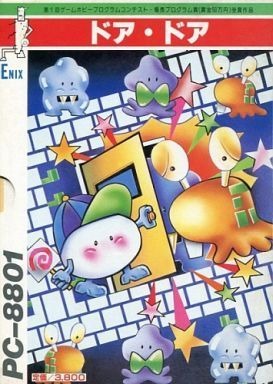
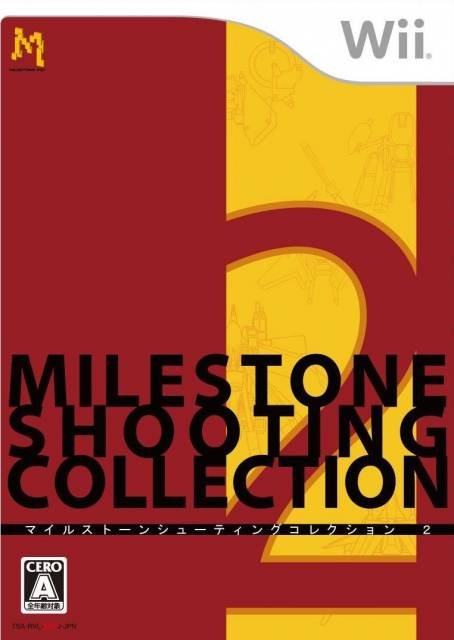
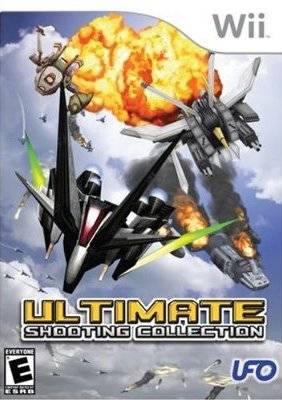
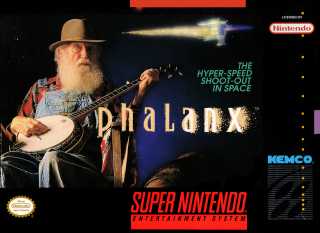
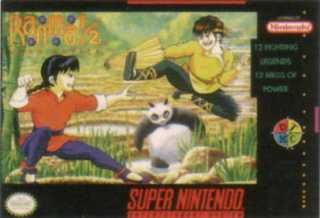
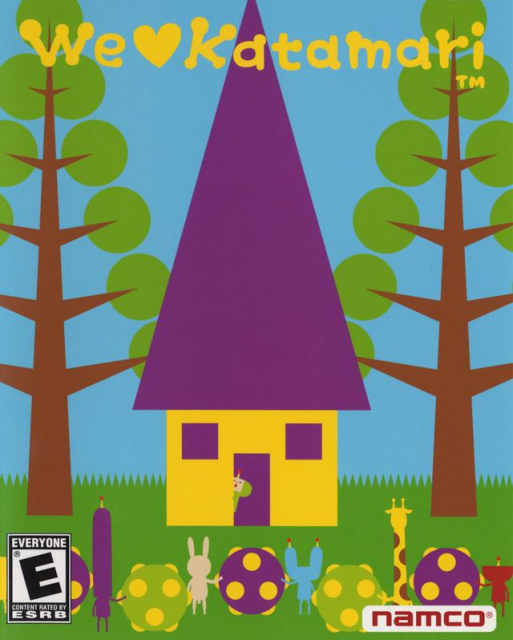
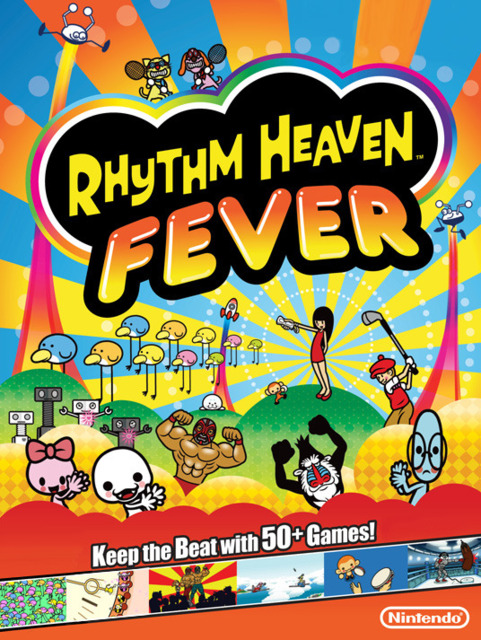
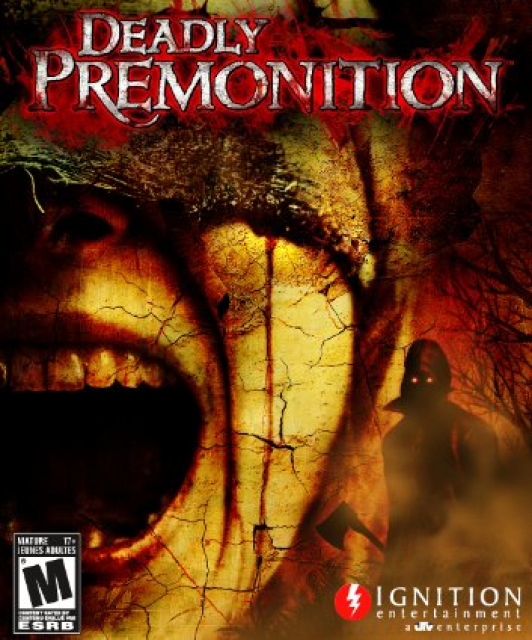
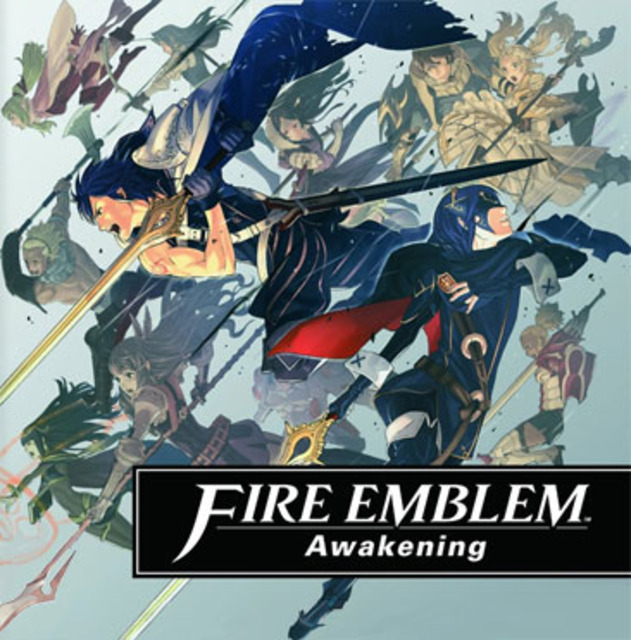
0 Comments